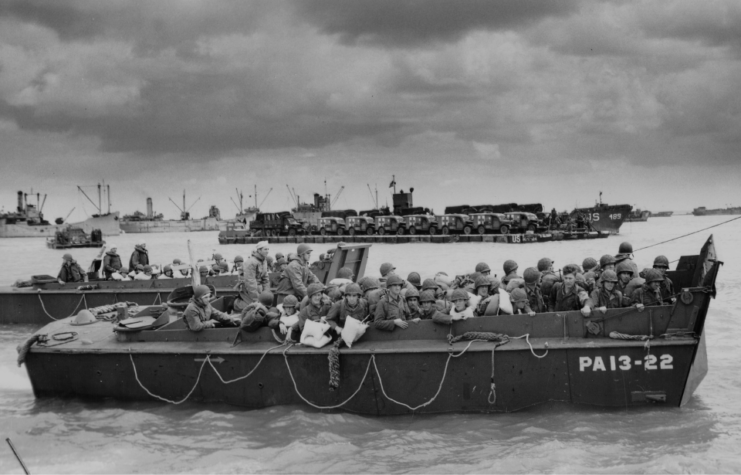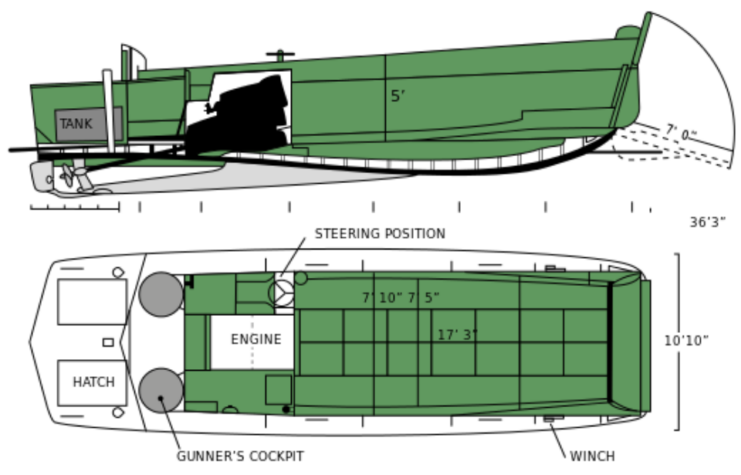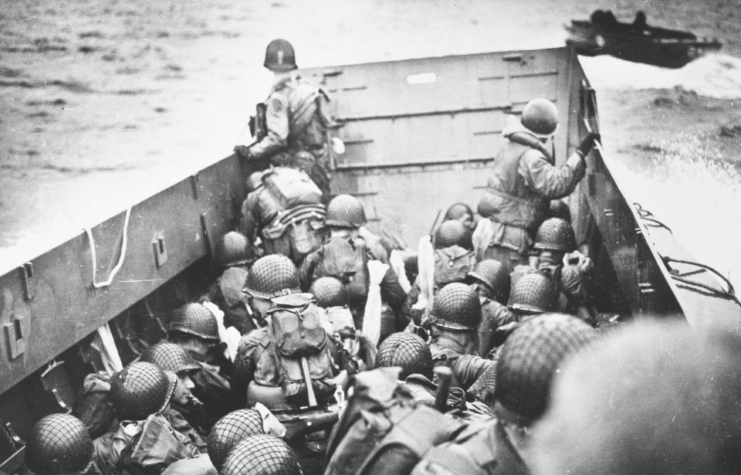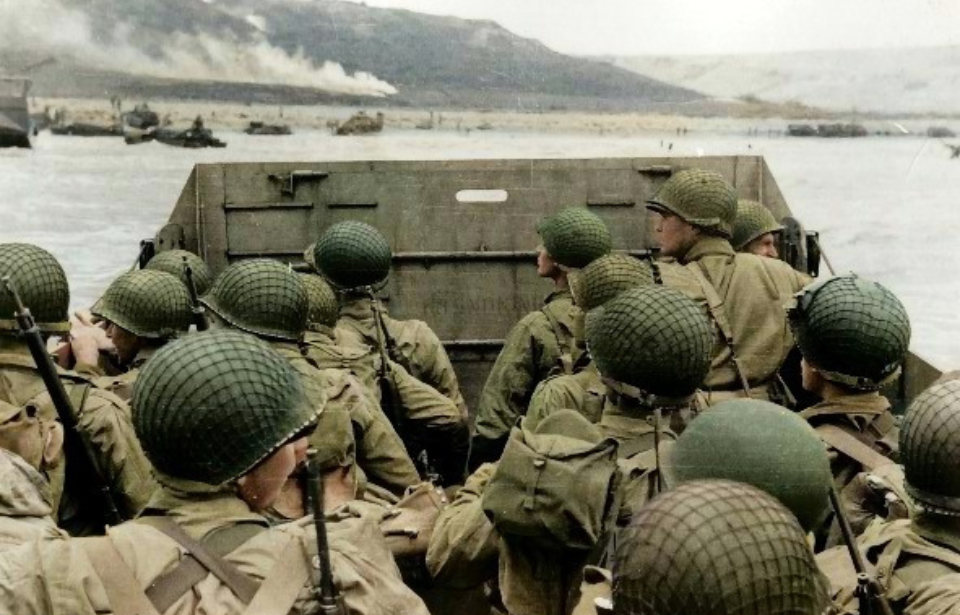The landing craft, vehicle, personnel (LCVP) – or Higgins boat – was used by the Allies to conduct amphibious operations during the Second World War. The small vessel was designed to carry a platoon of soldiers from ship to shore, and it was used in great numbers on D-Day. It was so integral to the invasion of Normandy that Gen. Dwight D. Eisenhower believed the conflict was won because of the boat.
Development of the Higgins boat

Andrew Jackson Higgins designed the LCVP, which was nicknamed after him. He was originally in the lumber business, before going into boat building. His vessels were reportedly built with oil-drillers and trappers in mind. However, they were often used by bootleggers to smuggle alcohol into the United States during Prohibition.
In the 1930s, Higgins found himself struggling financially. However, the US Navy showed an interest in his design, ultimately saving his company. As well, by the latter part of the decade, the US Marine Corps had grown tired of the Navy’s Bureau of Construction and Repair. The service needed a better platform for amphibious assaults, and Higgins’ boat looked promising.
In 1938, Higgins’ Eureka boat was tested and surpassed expectations. It underwent further testing during fleet landing exercises in February 1939. The US military was very happy with the design, but there was one issue: any large equipment aboard forced personnel to exit over the sides. That being said, it was clear there were no better designs, and the vessel entered service as the landing craft, personnel (large) – better known as the LCP(L).
An early model of the Higgins boat was the LCP(R) – landing craft, personnel (ramp), which saw action in North Africa, Tarawa, Guadalcanal and Salerno. The LCP(R) was eventually replaced by the LCVP, which famously saw action on D-Day.
Design of the Higgins boat

The Higgins boat was made of plywood and steel. This reduced costs, but also lessened the armor and, in heavy seas, resulted in the vessel swaying back and forth, often making those aboard seasick.
The Higgins Industries’ LCVP was more than 36 feet long, had a beam of nearly 11 feet, a forward draft of over two feet and an aft draft of three feet. Overall, it had a displacement of 18,000 pounds. The low draft allowed the vessel to go up onto shore, which meant troops and equipment could be unloaded directly off the boat via its front steel ramp.
The Higgins boat was powered by either a Gray Marine 6-71 diesel or a Hall-Scott gasoline engine, which allowed it to reach a top speed of 14 MPH. A four-man crew operated the vessel, consisting of a coxswain, an engineer, a bowman and a sternman. It had a capacity of up to 8,100 pounds worth of cargo; the LCVP could carry a 36-man platoon or, alternatively, a 12-man squad and a Jeep.
The only armament equipped by the Higgins boat were two .30 cal Browning machine guns, which were located at the rear, behind the operator. The vessel did experience issues in shallow water, where underwater objects could slow down or stop it outright. The landing vehicle, tracked (LVT) is an example of a boat designed with this issue in mind.
Winning the war for the Allies

The Higgins boat received praise from Allied commanders for its use during such famous and important engagements as the invasion of Normandy. Dwight D. Eisenhower stated during a 1964 interview, “Andrew Higgins is the man who won the war for us. If Higgins had not designed and built those LCVPs, we never could have landed over an open beach. The whole strategy of the war would have been different.”
Others, such as Col. Joseph H Alexander, also praised the design, saying, “The Higgins boats broke the gridlock on the ship-to-shore movement. It is impossible to overstate the tactical advantages this craft gave US amphibious commanders in World War II.”
More from us: The Kursk Submarine Disaster Claimed the Lives of 118 Russian Sailors
Higgins Industries employed over 30,000 employees at its LCVP facility in New Orleans, Louisiana. It’s for this reason, along with the praise of Allied commanders, that the National WWII Museum is located in the city, serving as a testament to Andrew Higgins and his history-changing vessel.
